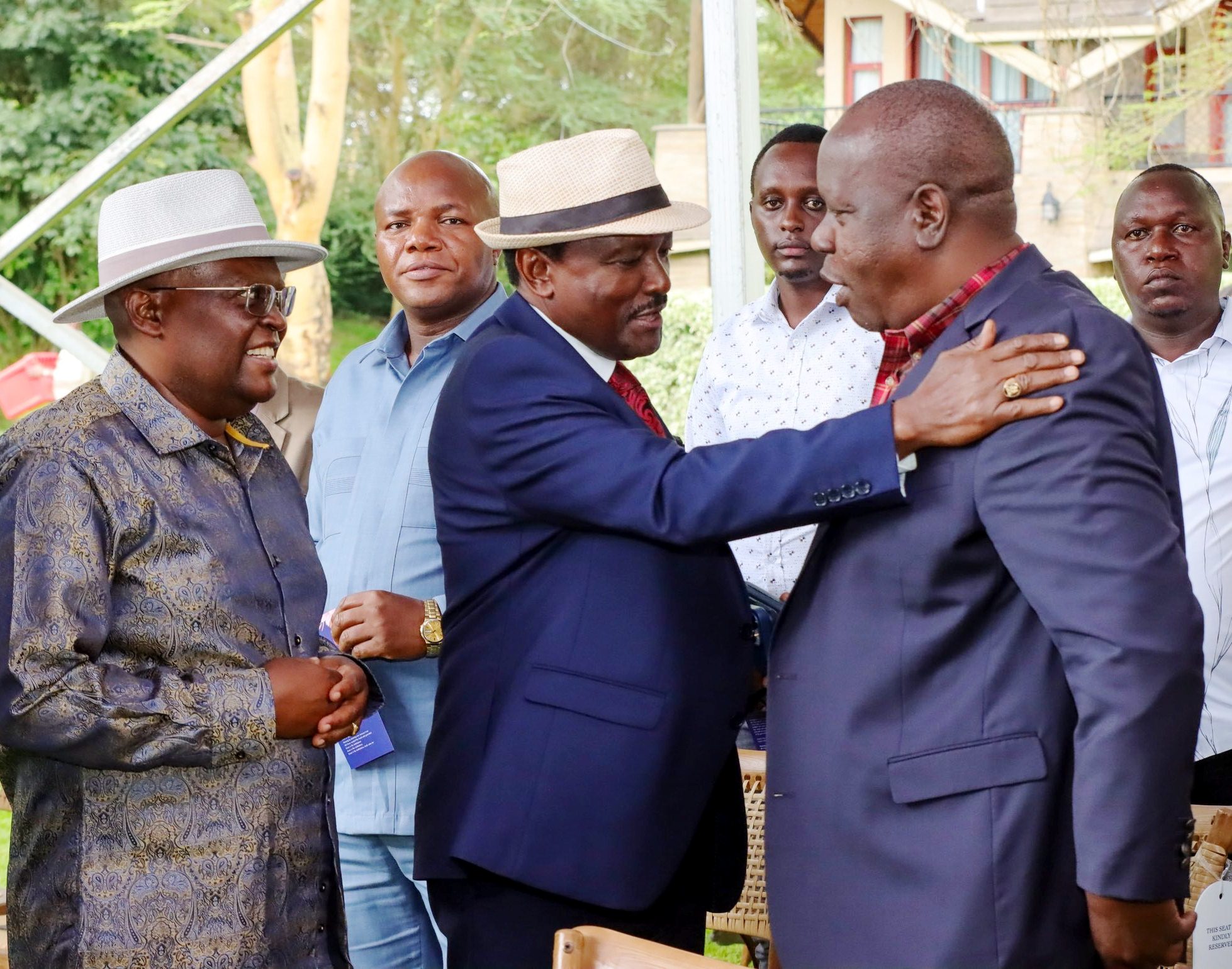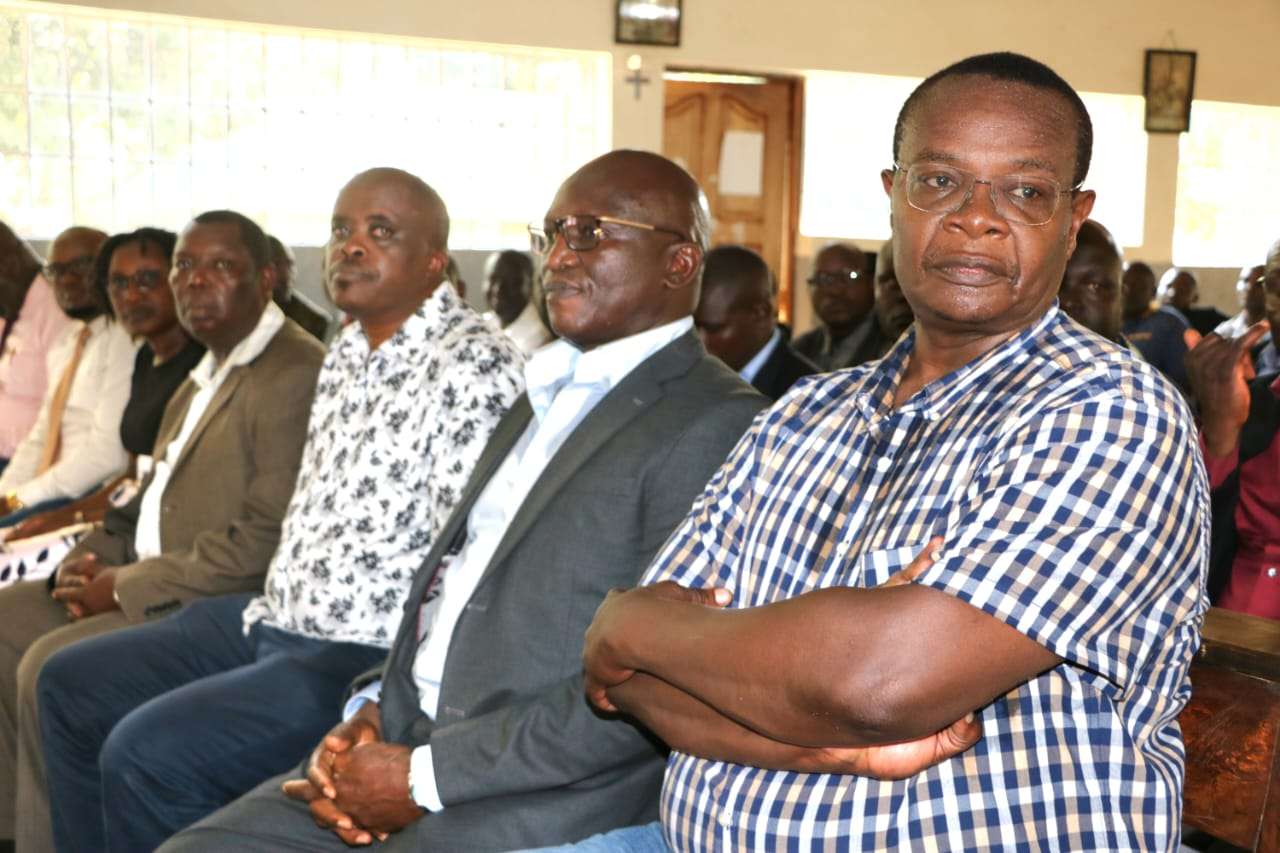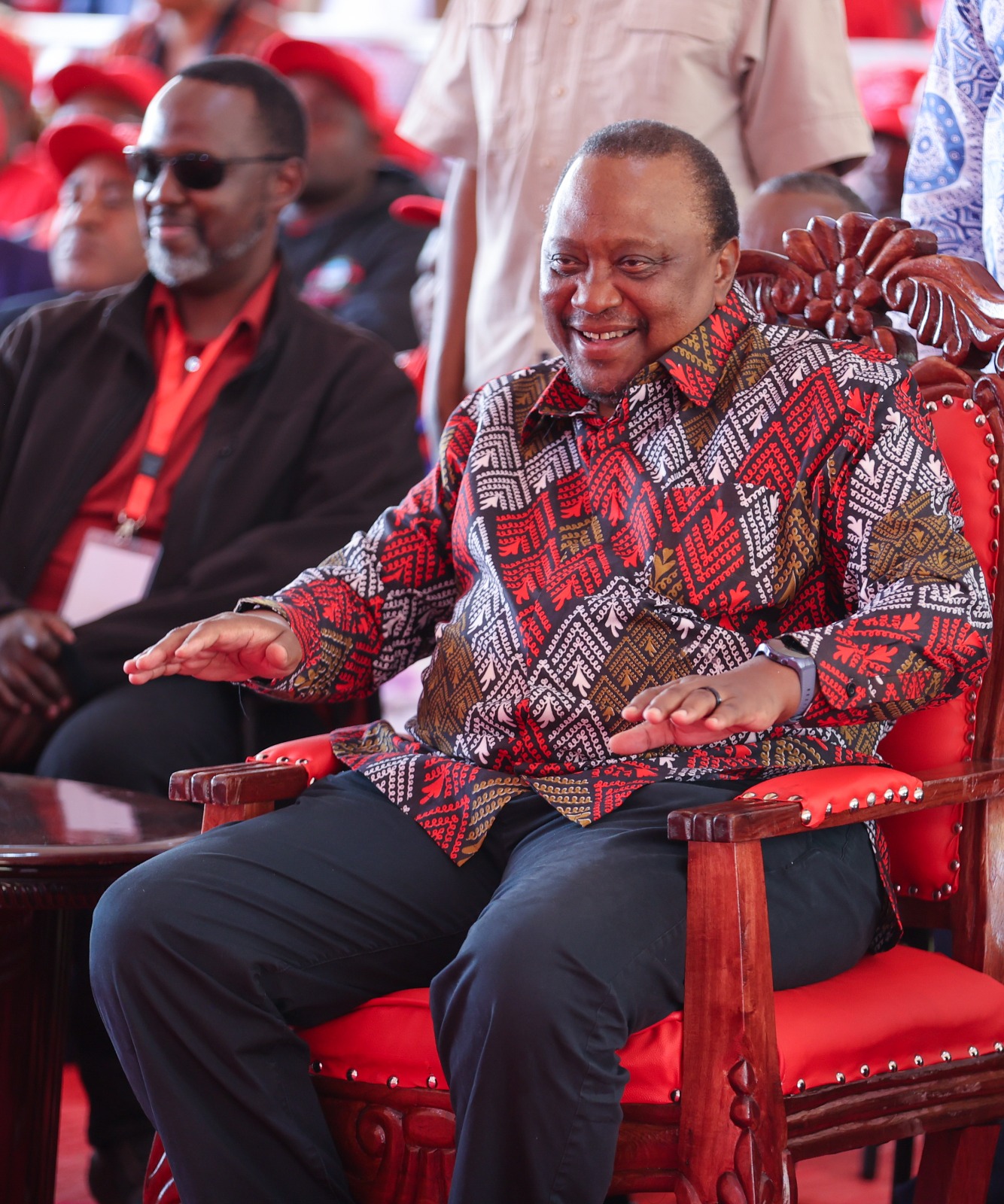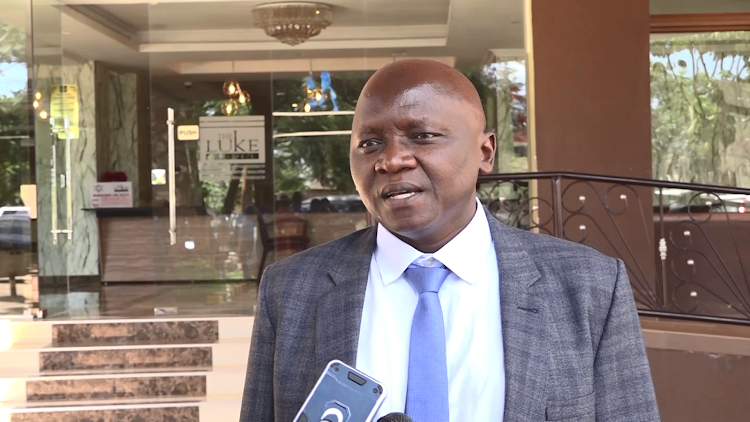According to analysts, both leaders lack broad national appeal. Kalonzo’s influence remains largely confined to the three Ukambani counties, Kitui, Machakos, and Makueni, while Matiang’i’s support base is limited to Kisii and Nyamira. To emerge as credible national contenders, both must expand their political networks, establish regional party offices, and build alliances across all 47 counties
By TWV Political Desk
Political analysts are warning that Wiper Party leader Kalonzo Musyoka and former Interior Cabinet Secretary Dr Fred Matiang’i risk jeopardising their presidential ambitions ahead of the 2027 General Election if they fail to adjust their current political strategies.
Observers note that history could repeat itself, recalling the 2022 elections when ODM leader Raila Odinga, despite being widely perceived as the frontrunner, narrowly lost to President William Ruto by a margin of about 200,000 votes.
Analysts argue that one of the key missteps by both Kalonzo and Matiang’i is their failure to champion voter registration in their respective strongholds. According to the latest data from the Independent Electoral and Boundaries Commission (IEBC), both the Gusii and Ukambani regions have recorded disappointing voter registration numbers in recent weeks.
Critics further point out that neither Kalonzo nor Matiang’i has actively engaged the Gen Z demographic in their regions to encourage them to register as voters, a serious oversight, given that this youthful voting bloc is expected to play a decisive role in determining the outcome of the 2027 polls.
While Gen Z voters are widely believed to be a potential game-changer, their low voter registration rates raise doubts about their actual impact on the ballot. Political experts suggest that rather than focusing on endless rallies, the two leaders should prioritise mobilising their supporters to register as voters, as rallies alone add little value to their presidential campaigns.
Another strategic weakness, according to analysts, is the lack of a clear national appeal. Kalonzo’s influence remains largely confined to the three Ukambani counties, Kitui, Machakos, and Makueni, while Matiang’i’s support base is limited to Kisii and Nyamira. To emerge as credible national contenders, both leaders must expand their political networks, establish regional party offices, and build alliances that cut across all 47 counties.
Without broadening their reach and deepening grassroots engagement, challenging President Ruto’s re-election bid will be an uphill task.
In 2022, Ruto successfully rallied voters behind his Bottom-Up economic model, which resonated with many Kenyans. In contrast, neither Kalonzo nor Matiang’i has articulated a clear, compelling campaign message to inspire nationwide support. The only notable slogan within the opposition, “One Term,” belongs to Deputy President Rigathi Gachagua’s Democratic Conservative Party (DCP). Both Kalonzo and Matiang’i lack a unifying rallying call or political narrative to energise their campaigns.
Furthermore, their failure to connect with Gen Z voters has left a significant gap in the opposition’s strategy. The youth have become a major political force, yet both leaders appear disconnected from their aspirations. ODM and UDA have each claimed to have strong Gen Z support within their respective bases, further diminishing the opposition’s hold on the demographic.
As Siaya Senator Dr Oburu Odinga recently remarked, the “broad-based government” also enjoys its share of Gen Z supporters within its strongholds, dismissing the perception that the youth vote will automatically favour the opposition.
This reality underscores a major strategic miscalculation by both Kalonzo and Matiang’i, whose failure to mobilise and inspire the youth vote could prove costly.
Another unresolved issue is the question of leadership unity. Would Matiang’i agree to serve as Kalonzo’s running mate, or vice versa? Political insiders believe the answer is a resounding no. Kalonzo faces growing pressure from his supporters to ensure his name appears on the 2027 presidential ballot, while Matiang’i is said to be under similar pressure from former President Uhuru Kenyatta to carry the Jubilee Party’s flag.
The likely result, analysts warn, is a fragmented opposition, a scenario that would once again work to President Ruto’s advantage in 2027.





